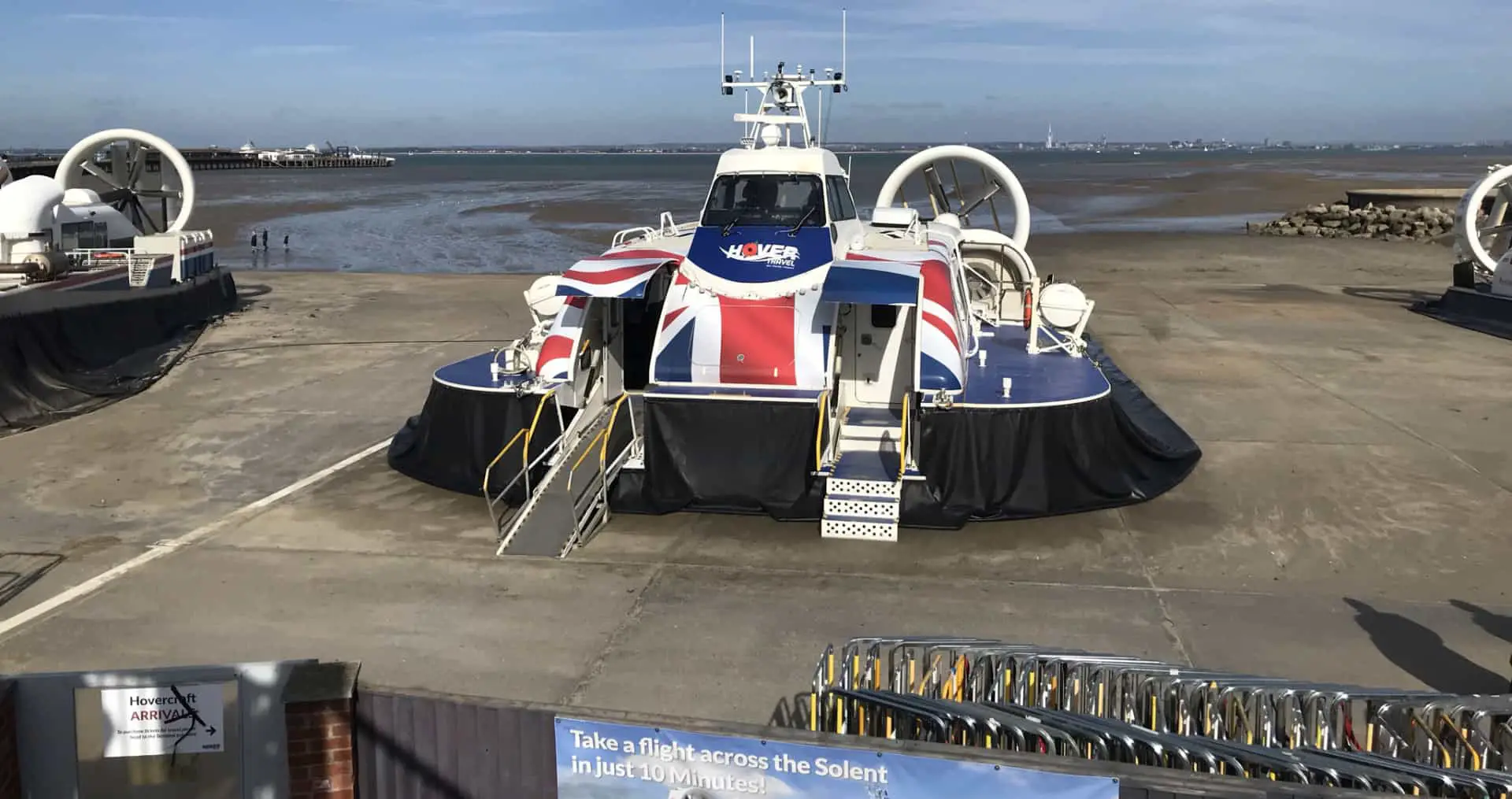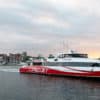News OnTheWight always welcomes a Letter to the Editor to share with our readers – unsurprisingly they don’t always reflect the views of this publication. If you have something you’d like to share, get in touch and of course, your considered comments are welcome below.
This letter from Graham Lelliott, Lancing, West Sussex. Ed
Pleasingly my second children’s book published called Jack, Thomas and the Hovercraft which is based on the Isle of Wight hovercraft service has generated a lot of interest including something that I was particularly fascinated about which I thought you and your readers may be interested in.
I was passed an interesting photocopy of an article published in The Commercial Motor on 2nd March 1962.
Hovercraft service along the coast
The article describes the possibility of a fast-moving hovercraft service which was envisaged by Southdown Motor Services Ltd, as an alternative to their existing network of bus and coach services along the south coast and over to the Isle of Wight.
After investigating the present stage of development of this new form of transport, the Southdown company had already submitted applications to the Air Transport Licensing Board for coastwise hovercraft services when the necessary operational craft became available.
Eastbourne, Brighton, Worthing, Portsmouth and the Isle of Wight
The main application would be for a regular service along the south coast, calling at the main intermediate points such as Eastbourne, Brighton, Worthing, Portsmouth and the Isle of Wight.
Although hovercraft, at the time, were not yet being employed for passenger traffic on a commercial basis, Southdown felt the time wasn’t far ahead when large-capacity passenger craft, capable of speeds up to 80 m.p.h. or more, would be able to ply along the coastline.
Isle of Wight to Brighton in 40 minutes
They foresaw that Brighton to Worthing might take some ten minutes, Brighton to Eastbourne some 20 minutes and a direct Brighton-Isle of Wight journey in perhaps 40 minutes.
The cost of fares were unknown at the time as it depended upon the operational cost of hovercraft once the present prototypes were passed into general production.
Anticipating public demand
The provision of such services lay in the future, but in putting their applications forward, Southdown were merely anticipating the public demand which they thought would arise when this type of craft was available for use on a commercial basis.
It is perhaps a disappointment that such an idea never came to fruition along the coast, although Southdown did run a service as a joint venture with Westland Aircraft across the Solent between Ryde and Eastney between 1962 and 1964.
Avoiding congested roads
A coastal seabourne transport service connecting the Isle of Wight would be even more appropriate in this day and age with east to west coastal road routes like the A27 being ever more congested and rail services being unreliable.
I’m sure not everyone will agree with me, but with many of these seaside towns and cities being next to a vast unobstructed open sea, it made me wonder why seabourne coastal transport services haven’t been utilised.
Granted we’ve had coastal visits from the paddle steamer Waverley, etc, however these are of course special visits for excursions rather than a proper public transport solution.
A worthy project?
I’m personally not in a position to finance such a venture but I do wonder if such a scheme would be worth re-looking at and given some consideration? Perhaps it’s something Hovertravel could investigate?
A conventional boat service obviously needs piers or jetties with mooring points and are restricted to work with the depth of the tide.
That makes me think that perhaps Southdown’s original idea of using hovercraft would perhaps still be the preferred option.
The perfect choice of transport for south coast
Today’s diesel powered passenger hovercraft like those in service across the Solent to the Isle of Wight are more refined, quieter and more fuel efficient than the early noisy gas guzzling gas turbine engined craft.
The fact they can operate regardless of tide conditions and from an unprepared beach makes them in my view the perfect choice of transport for the south coast’s seaside towns.





